Wenkang Li
Bridging the Distribution Gap of Visible-Infrared Person Re-identification with Modality Batch Normalization
Mar 08, 2021
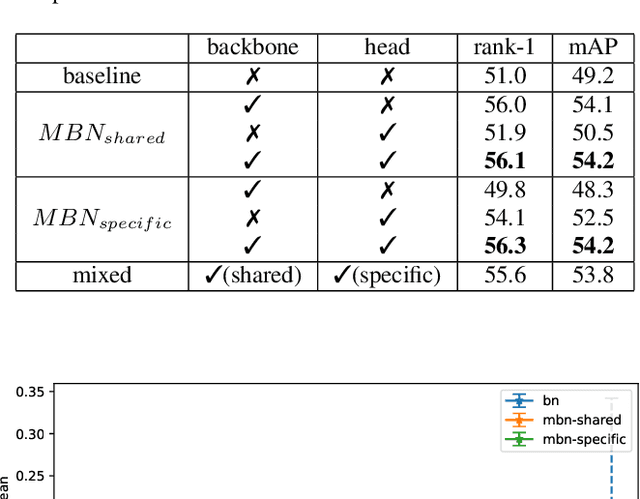
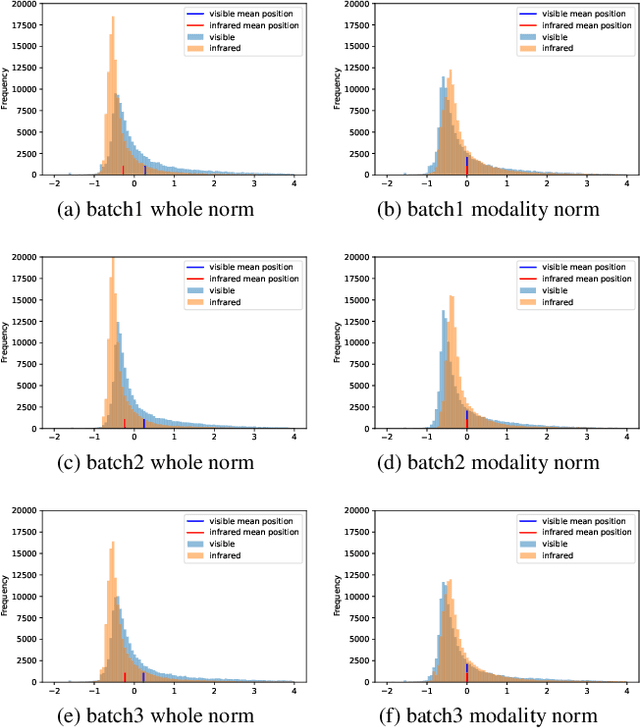
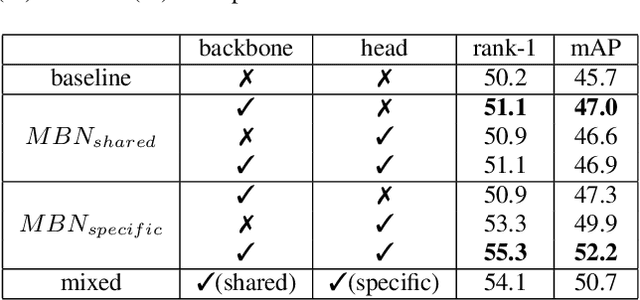
Abstract:Visible-infrared cross-modality person re-identification (VI-ReID), whose aim is to match person images between visible and infrared modality, is a challenging cross-modality image retrieval task. Most existing works integrate batch normalization layers into their neural network, but we found out that batch normalization layers would lead to two types of distribution gap: 1) inter-mini-batch distribution gap -- the distribution gap of the same modality between each mini-batch; 2) intra-mini-batch modality distribution gap -- the distribution gap of different modality within the same mini-batch. To address these problems, we propose a new batch normalization layer called Modality Batch Normalization (MBN), which normalizes each modality sub-mini-batch respectively instead of the whole mini-batch, and can reduce these distribution gap significantly. Extensive experiments show that our MBN is able to boost the performance of VI-ReID models, even with different datasets, backbones and losses.
Unified Batch All Triplet Loss for Visible-Infrared Person Re-identification
Mar 08, 2021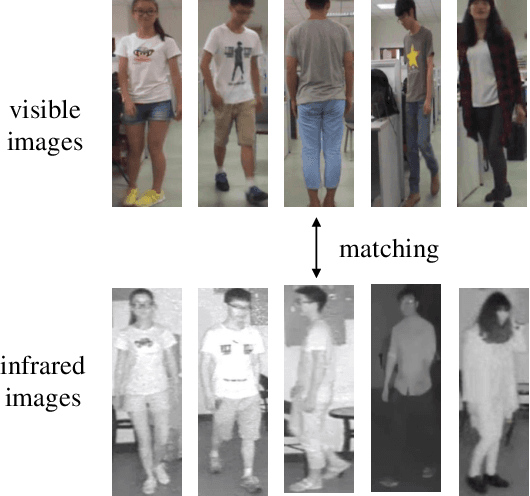

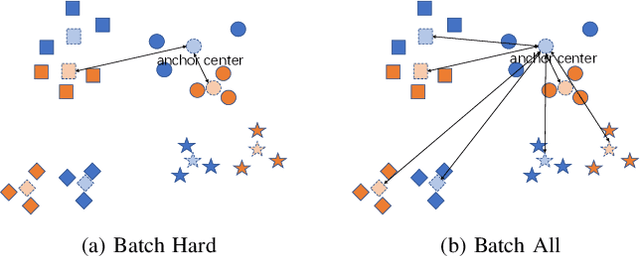
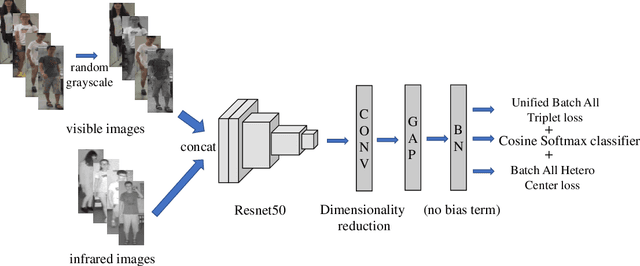
Abstract:Visible-Infrared cross-modality person re-identification (VI-ReID), whose aim is to match person images between visible and infrared modality, is a challenging cross-modality image retrieval task. Batch Hard Triplet loss is widely used in person re-identification tasks, but it does not perform well in the Visible-Infrared person re-identification task. Because it only optimizes the hardest triplet for each anchor image within the mini-batch, samples in the hardest triplet may all belong to the same modality, which will lead to the imbalance problem of modality optimization. To address this problem, we adopt the batch all triplet selection strategy, which selects all the possible triplets among samples to optimize instead of the hardest triplet. Furthermore, we introduce Unified Batch All Triplet loss and Cosine Softmax loss to collaboratively optimize the cosine distance between image vectors. Similarly, we rewrite the Hetero Center Triplet loss, which is proposed for VI-ReID task, into a batch all form to improve model performance. Extensive experiments indicate the effectiveness of the proposed methods, which outperform state-of-the-art methods by a wide margin.
 Add to Chrome
Add to Chrome Add to Firefox
Add to Firefox Add to Edge
Add to Edge